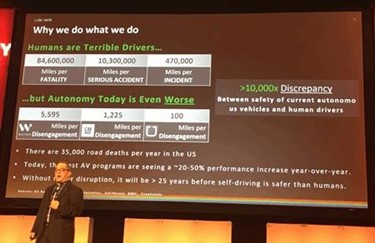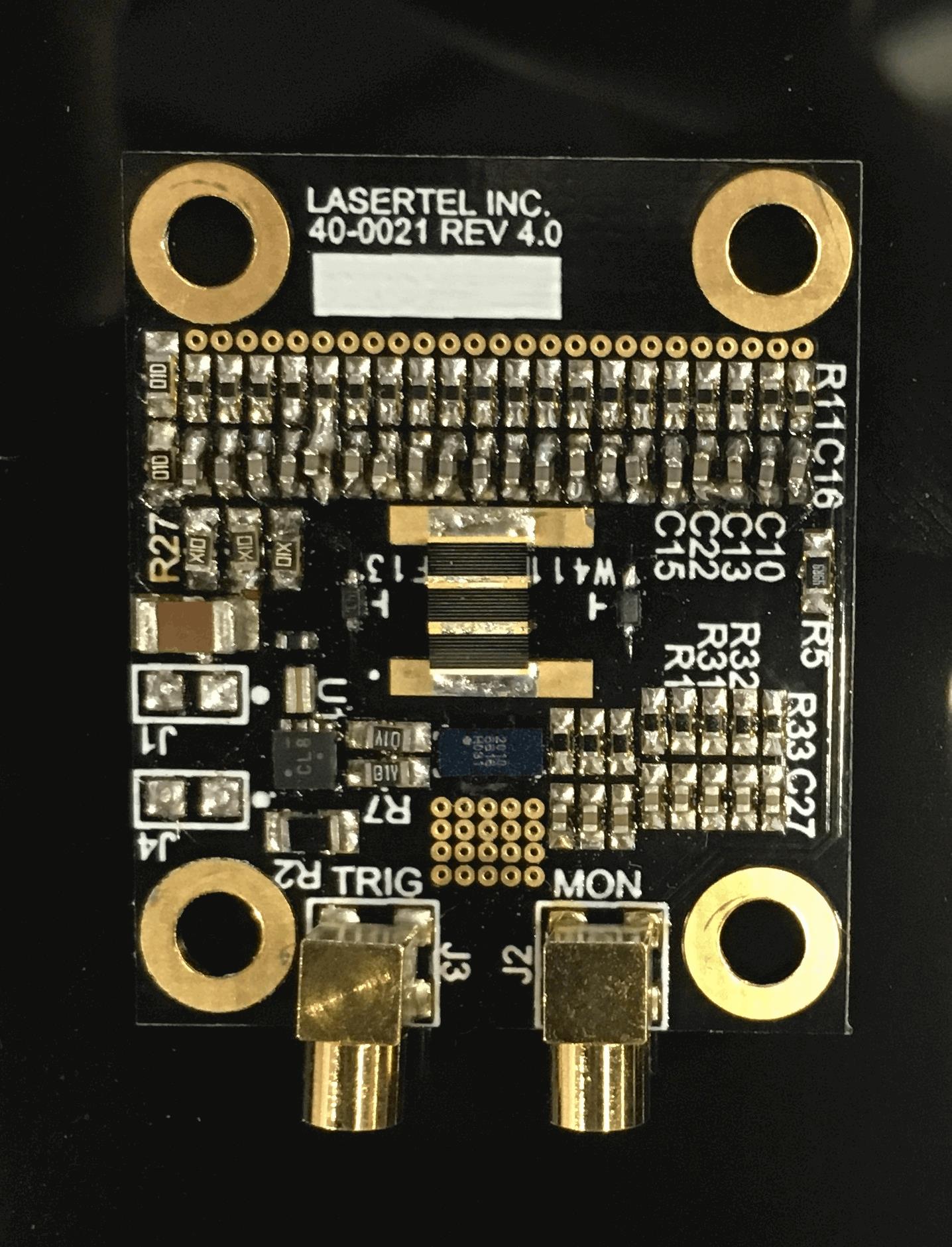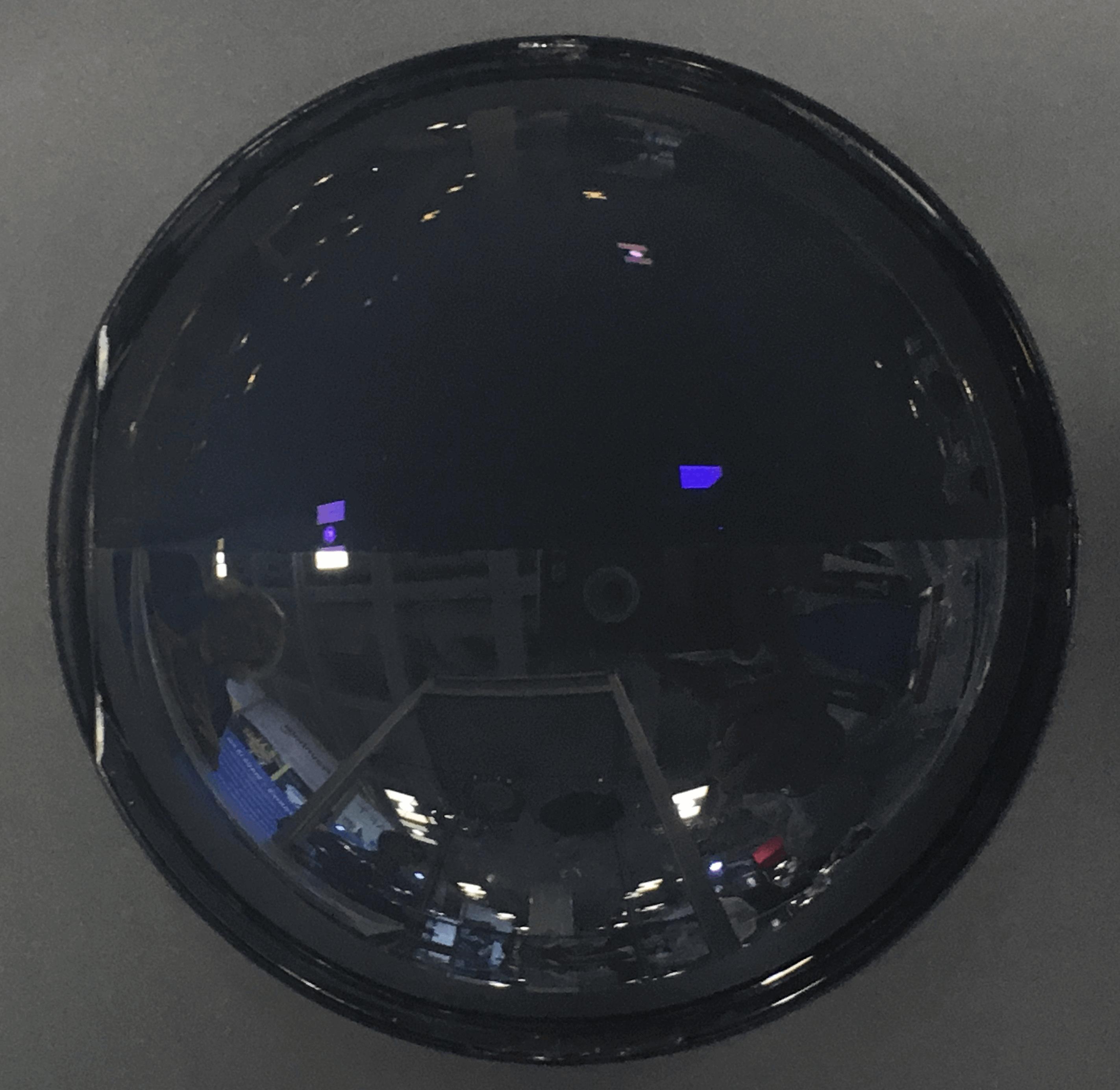Where Is Autonomous Mobility Going In Such A Hurry?

By Ed Biller, Editor, Photonics Online

Autonomous mobility’s progress has been achieved in fits and starts, though the past few years have seen (*ahem*) accelerated development in its enabling technologies.
The U.S.’ Defense Advanced Research Projects Agency is largely responsible for reinvigorating interest in the idea, pitting autonomous vehicle teams against one another in the 2005 DARPA Grand Challenge and the 2007 DARPA Urban Challenge (fun fact: 12 years later, Carnegie Mellon University figured out why its H1ghlander Humvee — a favorite to win the 2005 competition — didn’t take first place).
“Fast-forward 10 years [to 2017], and it was still the same self-driving technology,” said Luminar CTO Jason Eichenholz. “Without a major disruption in the technology… we are looking at greater than 25 years before self-driving vehicles are as safe as a human being — and our goal is to be safer than that.”
Luminar embraced the opportunity to advance self-driving technology, developing the Model-G 3D LiDAR system, which took home a 2018 Prism award (Imaging and Cameras category) at Photonics West 2018. Additionally, Eichenholz helmed the presentation Lighting The Path To Autonomous Mobility at the exhibition.
Part of that presentation focused on what’s needed to achieve full autonomy in vehicles, starting with a clear definition of the levels of autonomy:
- Level 1: Feet off — This level of autonomy has been established since the advent of cruise control.
- Level 2: Hands off — This means the vehicle will track properly and stay in its lane.
- Level 3: Eyes off
- Level 4: Mind off — Explained Eichenholz, “you can stop paying attention, but you need to be able to reengage within a certain amount of time.”
- Level 5: No Driver
Eichenholz continued by describing his thoughts on the necessary performance of a LiDAR system that could enable full autonomy:
- Resolution — 64 lines, with millions of points per second, at 10 Hz, is the “fundamental resolution” needed to move autonomous driving forward in earnest.
- Sensors — 10 percent reflectivity is the bare minimum that a sensor should be able to pick up, “unless the government steps in and requires us all to wear white clothing, or [regulates] all cars to be white,” Eichenholz said. “I can’t stress enough how important interference is.”
- Wavelength — Luminar’s system operates in the 1550 nm “eye-safe” range, wherein light safely allows 17 times the photon budget, but also requires InGaAs as a detector material. Luminar’s system utilizes a new Si-InGaAs hybrid ASIC.
- Architecture — Linear detector operation which is less susceptible to interference than PIN or Geiger-mode avalanche photodiode (GmAPD) , stated Eichenholz.
- Ranging method — Time of Flight, over coherent, because “the number one limitation in any LiDAR system is simply that the speed of light is too slow.”
- Field coverage — Scanning allows isolation against interference better than flash, Eichenholz said.
Fortunately for Eichenholz and others trying to make their mark in autonomous driving systems, there was no shortage of vendors at Photonics West willing and able to cater to their needs; the market for autonomous vehicles may not yet be thriving, but demand for the enabling technologies — capable of use in a variety of applications, including factory automation and telecommunications — is skyrocketing.

Lasertel manufactures edge-emitting laser diodes, and for the last few years they’ve had development effort to do vertical cavity (vixel) arrays. Photonics West gave the company a chance to show off its LiDAR Illuminator Module — a high-powered laser diode array integrated onto an OEM driver board, providing up to 10 kW in a 10 ns or shorter pulse.
“We do wavelengths from 760 nm all the way up to 1.7 microns. Within the automotive LiDAR markets, we’re seeing a lot of interest in the 9xx wavelengths, as well as the more eye-safe 1.5 micron range,” said Goings. “Over the next several months, we’re going to work on increasing the peak power capability, to achieve greater than 10 kW, as well as work on shortening the pulse below 10 nanoseconds.”
About 50 percent of Lasertel’s business comes from the defense industry, which has interest in LiDAR systems, as well. That demand is advantageous from a business model, Goings said, because it gives the company another viable market for which to develop its technology. However, Goings noted that defense applications typically operate over longer ranges — measured over kilometers, rather than hundreds of meters — and thus require more power.
Fraunhofer IOF used the exhibition to promote its AR-plas2 antireflective coating, of interest to its partners in the autonomous driving space, most of which deal with LiDAR, and for whom IoF develops processes and technologies.

The coating uses a low-temperature plasma process and a combination of inorganic layers and organic nanostructures. A refractive index lower than 1.1 on the outermost surface of the nanostructured coating guarantees a low residual reflectance for a broad range of light incidence angles, Füchsel said, and the technology is well suited for economic large-scale processes.
Sabbir Rangwala formerly led the automotive LiDAR business at Princeton Lightwave, which was acquired by Argo.ai in October 2017. He currently serves as president of Patience Consulting, which advises automotive, shared transportation, and optics companies on autonomous vehicles and perception.
“Many suppliers – ranging from passive optical elements like lenses and filters to active components like lasers and detectors — are beginning to realize the enormous growth potential that autonomous driving offers for optical companies,” Rangwala said. “Suppliers clearly want to get into the automotive game. But they worry about worry about costs, reliability, and the uncertainty of optics deployment in this new and exciting sector. But, it will happen and, to some extent, already has. The technology and expertise they have built has the power to revolutionize the new era of transportation and robotics.”
Rangwala added that, while a number of panels and talks at the exhibition delved into silicon photonics, they focused mainly on traditional telecom and Datacom needs.
“This is an area that could impact automotive LiDAR tremendously, but it needs a different strategic and business focus,” he said.
Still, as Goings noted, autonomous mobility has big regulatory hurdles to overcome, while applications in telecommunications and factory automation do not.
“In a gold rush, you don’t want to be mining for the gold, you want to be making and selling the picks, and I feel like we do that very well,” said Eric Utley, 3D Applications Manager for Proto Labs, which manufactures 3D printed, CNC-machined, and injection-molded custom parts for prototyping and short-run production. “We are making a lot of prototypes of self-driving parts right now.”
This increased attention and innovation in the optics and photonics components space is a boon to those who would see autonomous vehicles become commonplace sooner, rather than later.
Luminar’s Eichenholz suggested power management as an additional area for component manufacturers to target, calling it “a huge issue with the customer [for sensing and autonomous driving systems].” A LiDAR system needs to be powerful enough to handle all of the data produced by an autonomous vehicle’s sensors, as well as “punch through” adverse conditions.
“But, 70 to 90 percent of the cost of an optical component is packaging and test,” so, to meet the needs of the market, you have to get the packaging right, Eichenholz said. “You don’t want three-fourths of your power budget going to cooling,” versus the system itself.
He concluded that the solution is deceptively simple: you provide higher quality data and “reduce the computational burden.”
“Driving a vehicle on the open road is challenging for a human, let alone a piece of technology, especially in an urban environment. Autonomous vehicles deployed today are limited only by the LiDAR systems available,” Eichenholz said.
